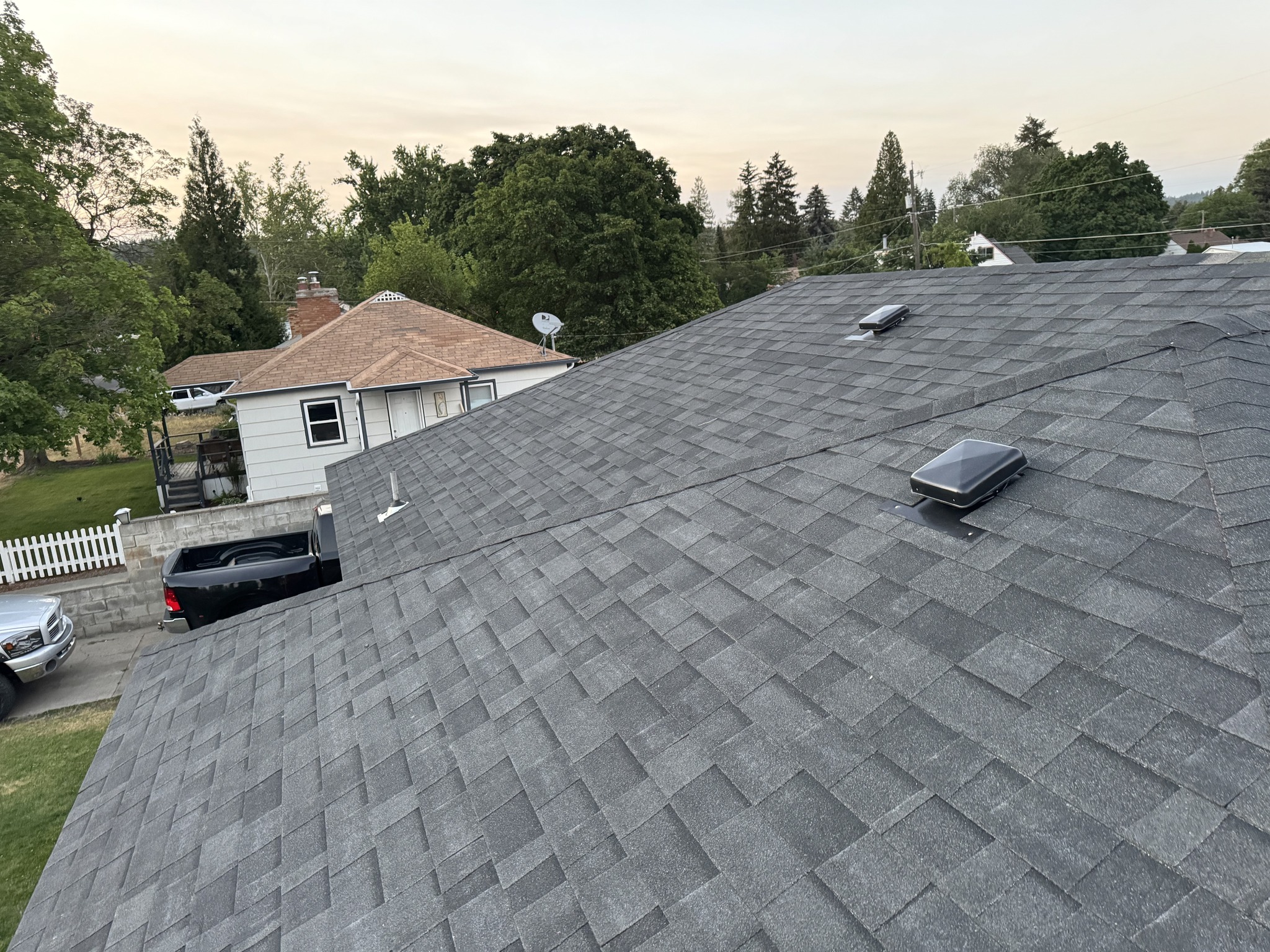
How to Spot the First Signs of Roof Damage Aug 02, 2025
Begin by assessing your roof's appearance. A good starting point is to look for missing, cracked, or curled shingles. These are often the most noticeable indicators of roof damage. Shingles serve as the first line of defense against the elements. When they are compromised, it can lead to leaks and water damage. If you notice shingle granules in your gutters or downspouts, this is another sign that the shingles are degrading and may need replacing.
Next, examine the roof for any visible sagging. This problem often signifies structural issues with your roof, which can be due to water damage, poor installation, or excessive weight from layers of roofing material. A sagging roof can pose significant risks and should be assessed by a professional roofer immediately to prevent further complications.
Moss, algae, or mold growth on your roof can also be telltale signs of damage. These organisms thrive in moist environments, suggesting that water may be penetrating your roof's surface. While they might seem harmless, their presence can lead to roofing material decay and leaks. Regular cleaning and maintenance can help manage growth and preserve your roof's health.
Pay attention to your attic and ceiling for additional clues of potential roof damage. Inside the attic, look for signs of sunlight filtering through the roof boards or any moisture marks and stains. These indicate that your roof's weatherproofing has failed, allowing water to seep in. In your home's interior, watch for water stains, peeling paint, or wallpaper on the ceiling and walls. These can be symptoms of roof leaks that require prompt attention to prevent extensive interior damage.
Additionally, after severe weather events, take extra care to inspect your roof. High winds, hail, or heavy snowfall can inflict significant damage. Check for dents in metal components, slipping shingles, or loose flashing around chimneys and vents. Flashing plays a crucial role in directing water away from roof penetrations. Damaged flashing increases the risk of leaks, making it essential to address these issues without delay.
It's important not to overlook your roof's drainage system. Clogged or damaged gutters can cause water to pool on your roof, leading to deterioration of roofing materials. Ensure gutters and downspouts are securely attached and clear of debris to facilitate optimal water flow away from your roof and foundation.
Proactively checking for these first signs of roof damage can help you maintain your roof's integrity and extend its life. Regular inspections, particularly after adverse weather, are a fundamental part of home ownership. If you're unsure about assessing roof damage or need repairs, consult with a reliable roofing service like Precision Roofing. By addressing issues promptly, you can protect your investment and ensure your home remains a safe haven for years to come. Remember, timely roof maintenance can prevent small issues from becoming major problems, saving you significant time and money in the long run.
/filters:no_upscale()/media/0372dc99-d09a-4223-84f1-3469ccc8be4d.jpg)
/filters:no_upscale()/filters:format(webp)/media/fa743b9d-6c58-4c58-b1fc-06eddb0154a0.jpg)